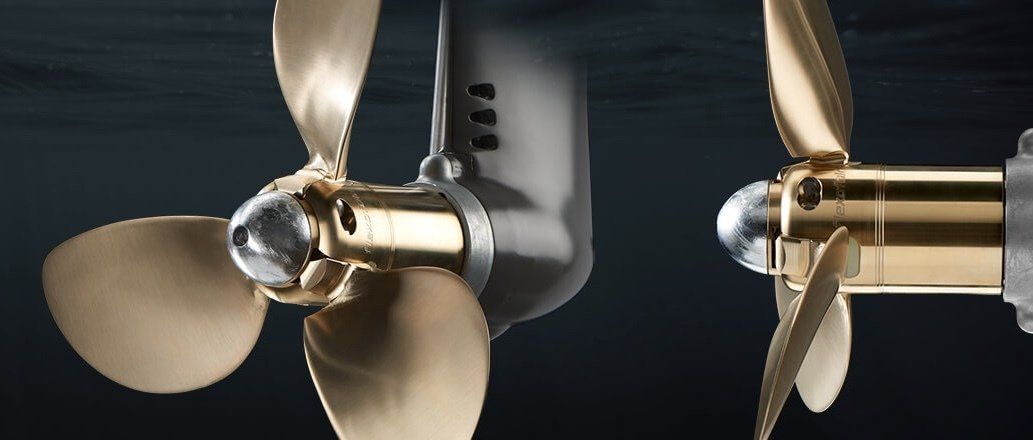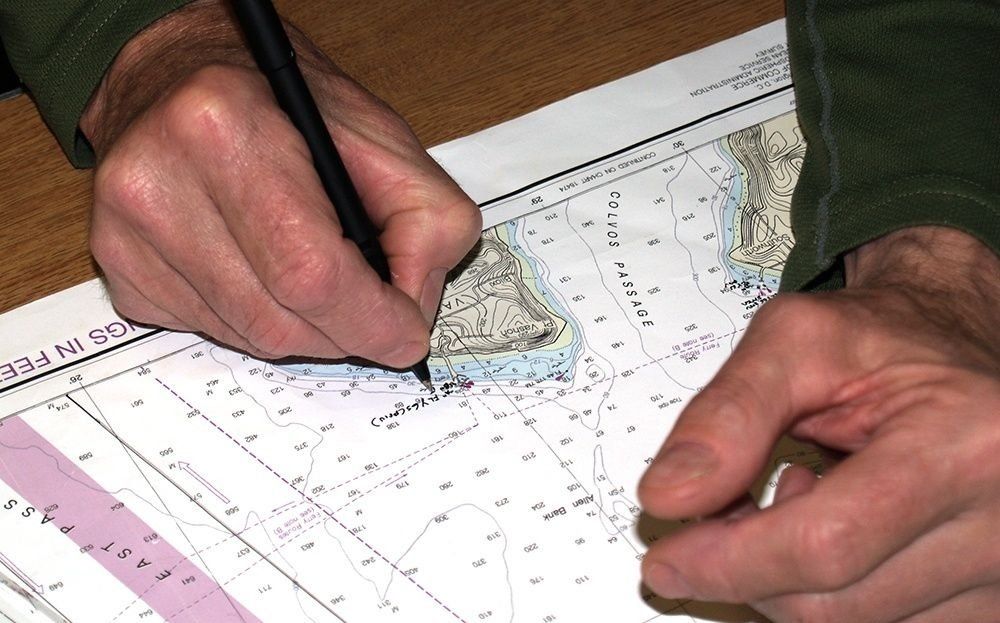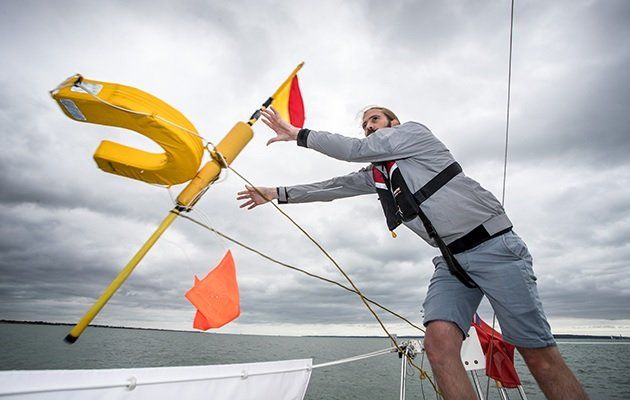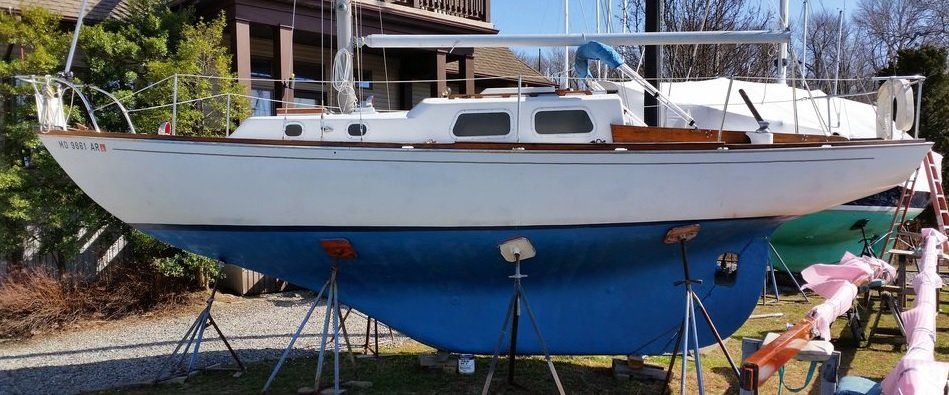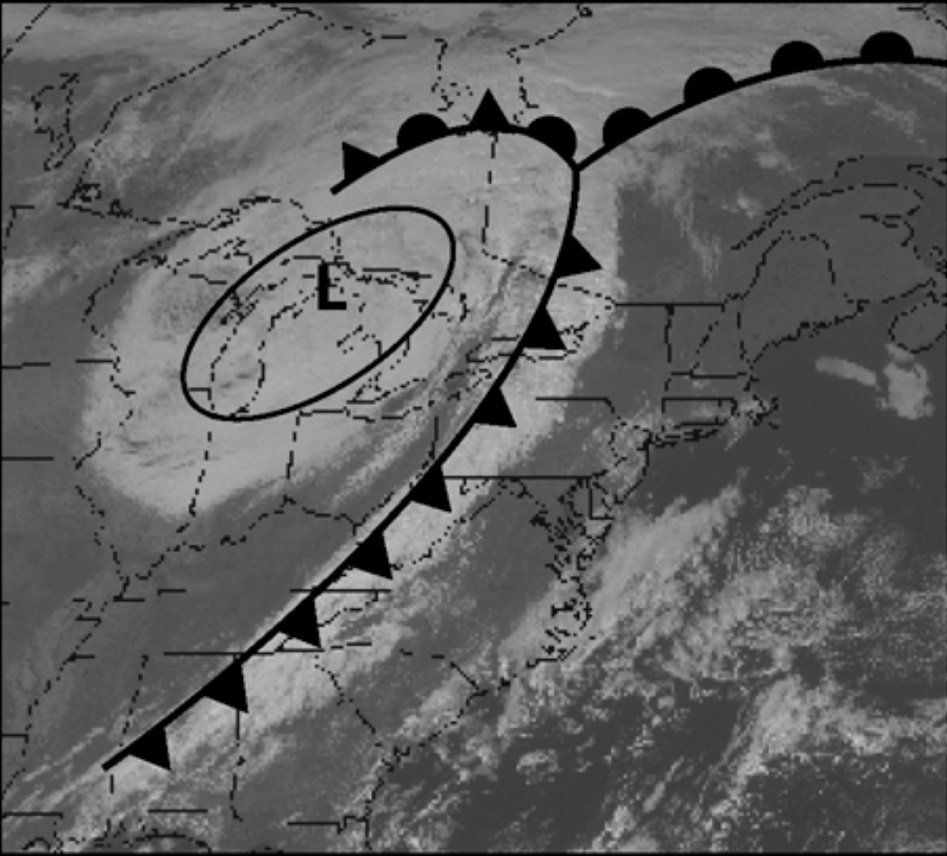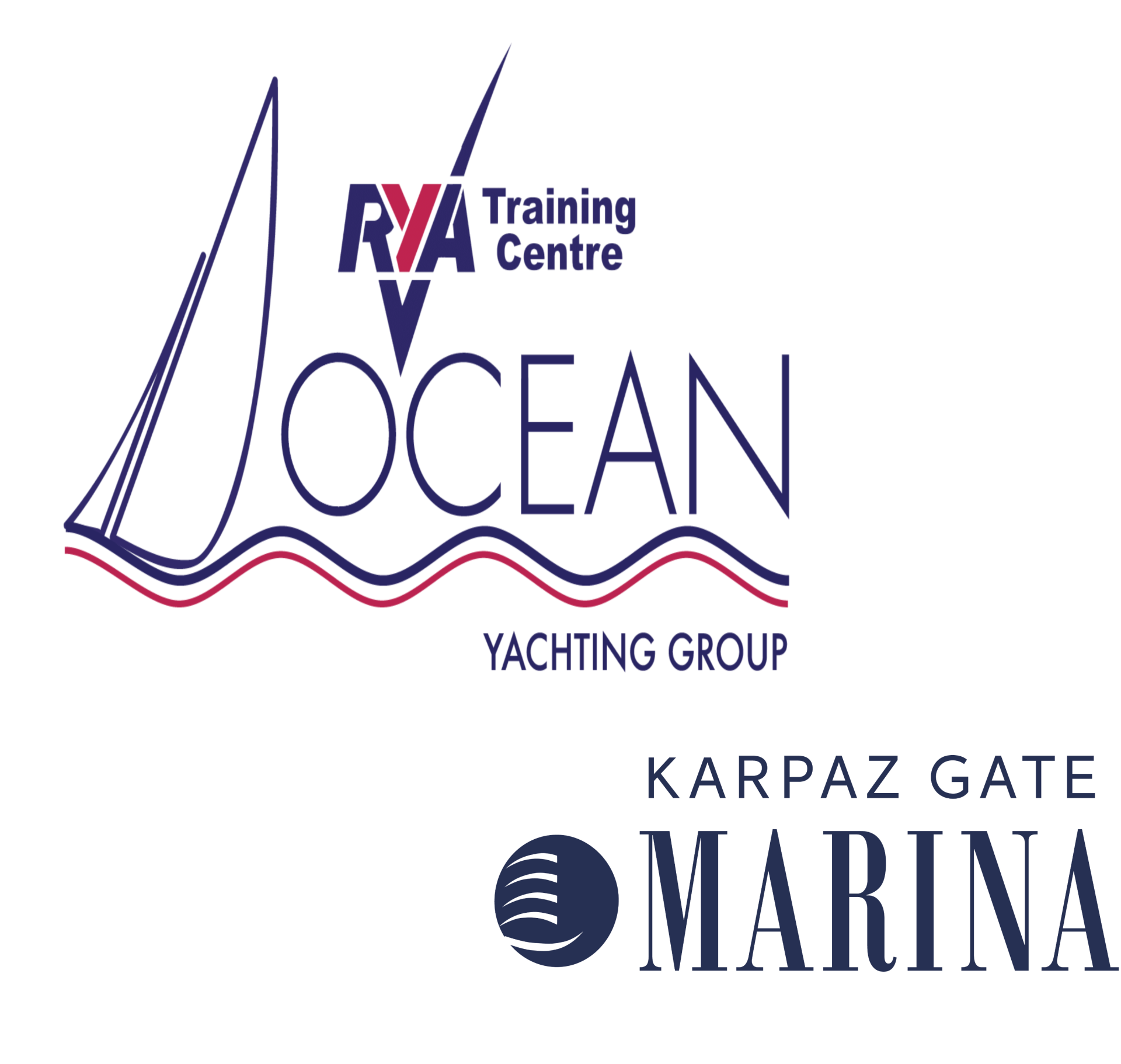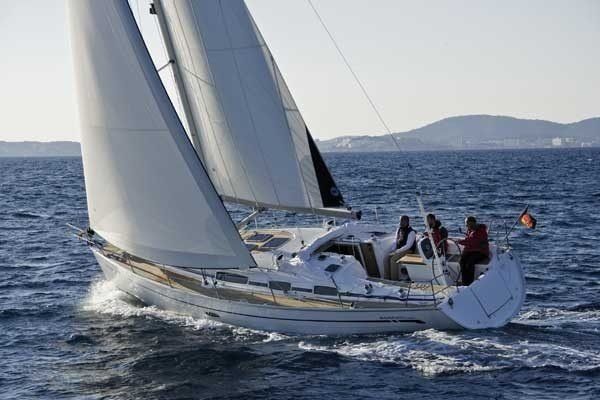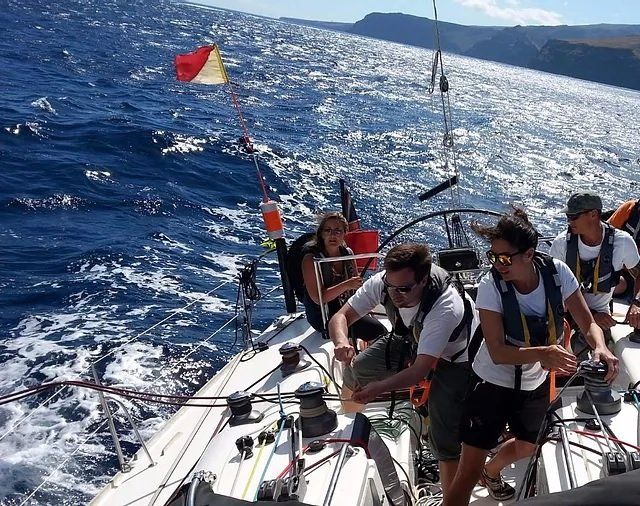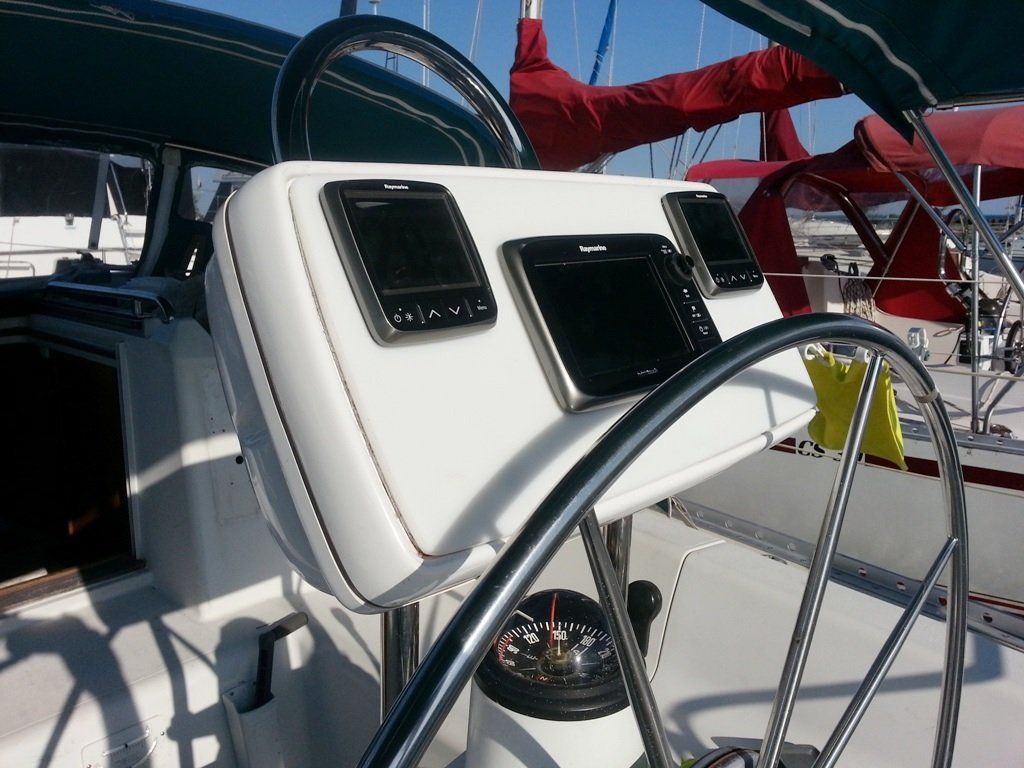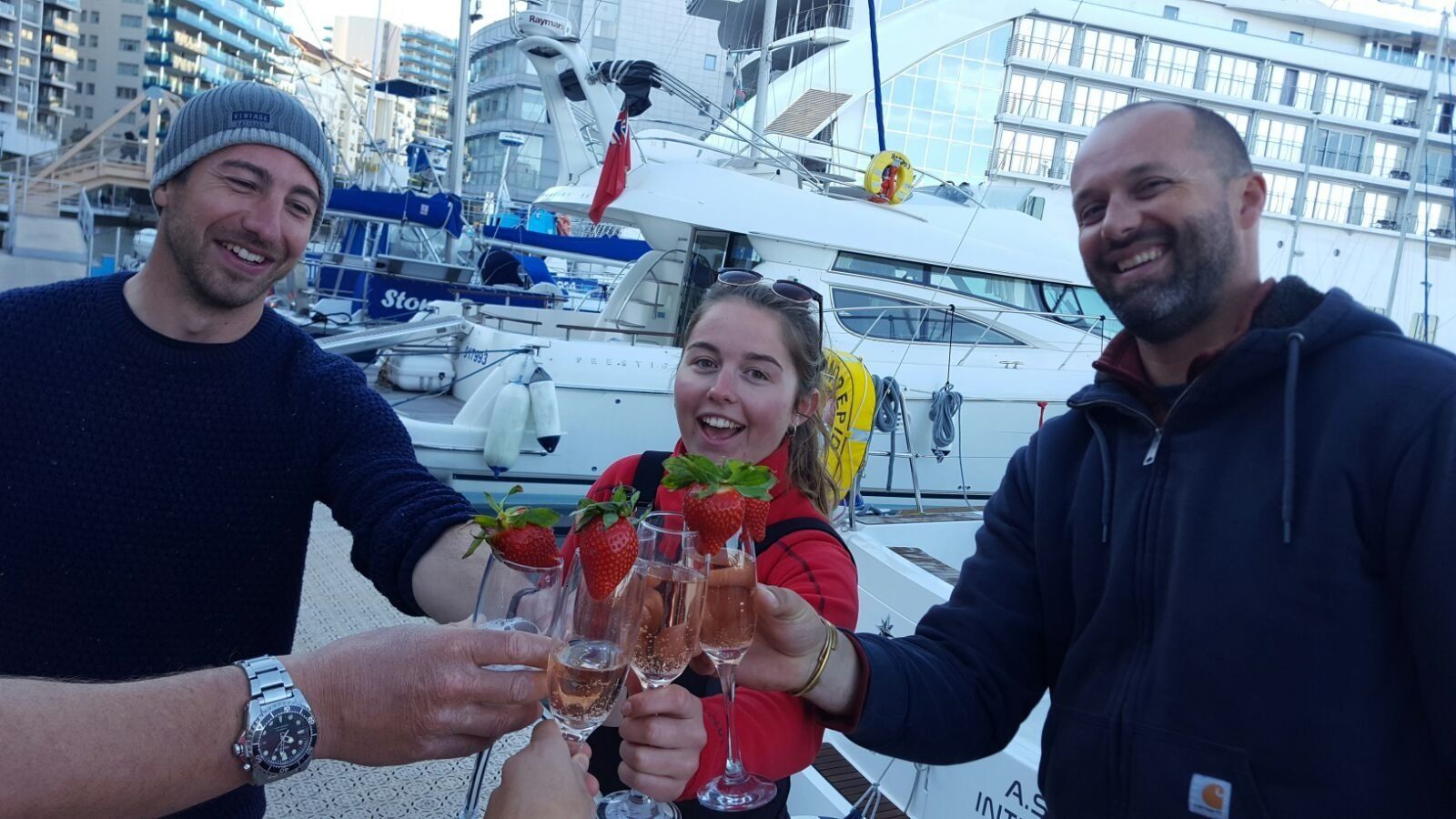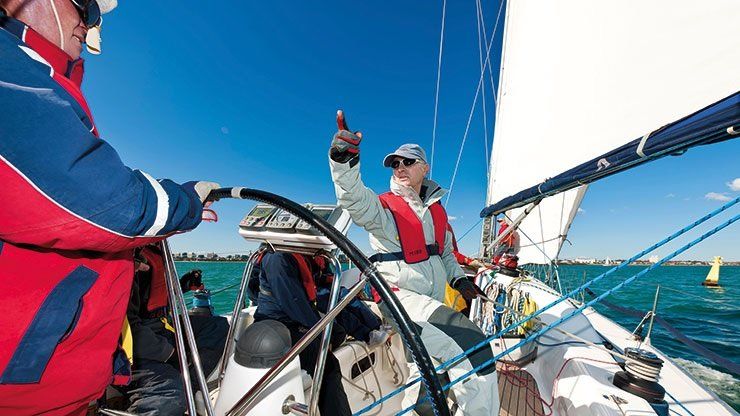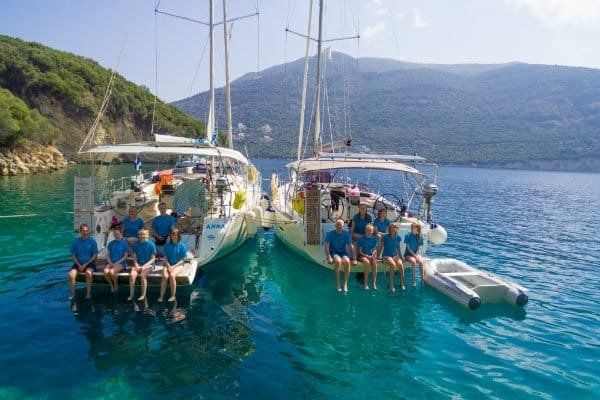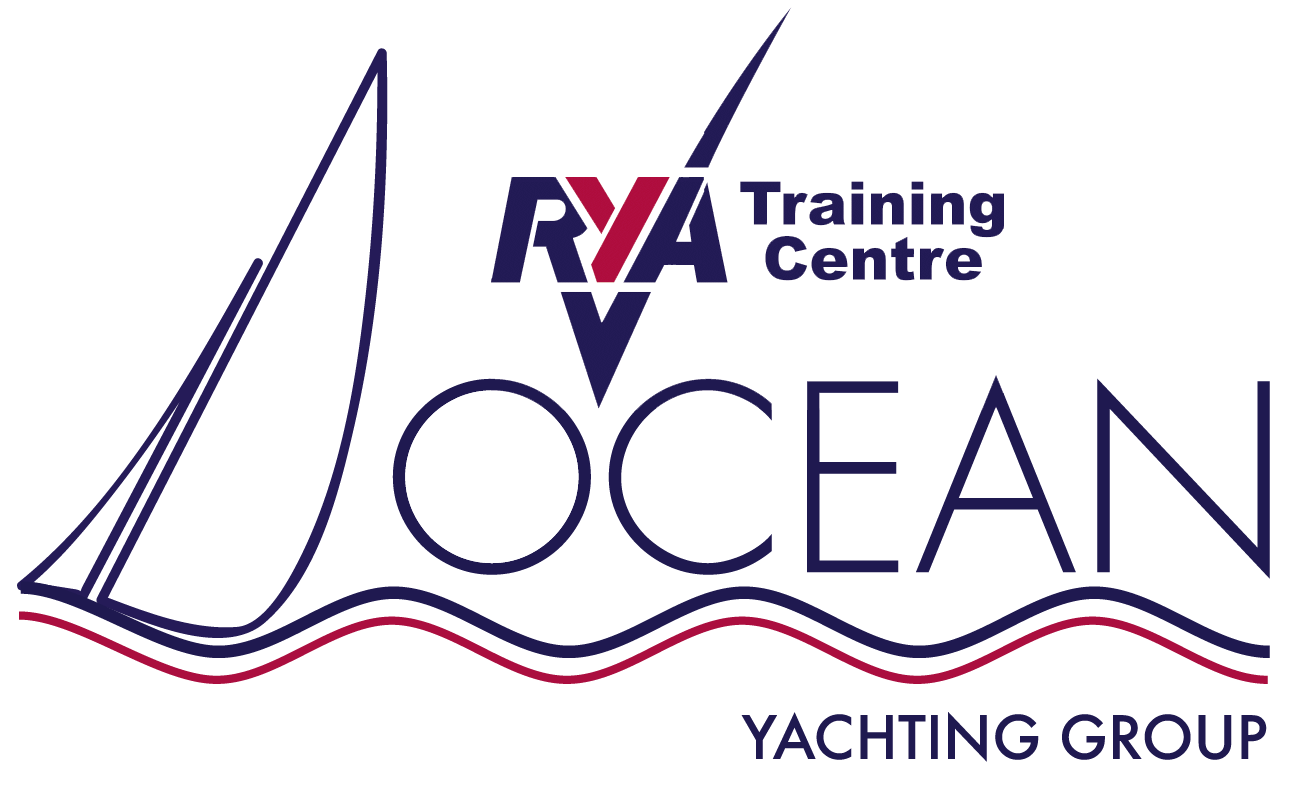Preparing For Your RYA/MCA Yachtmaster Exam
Preparing for your Yachtmaster exam
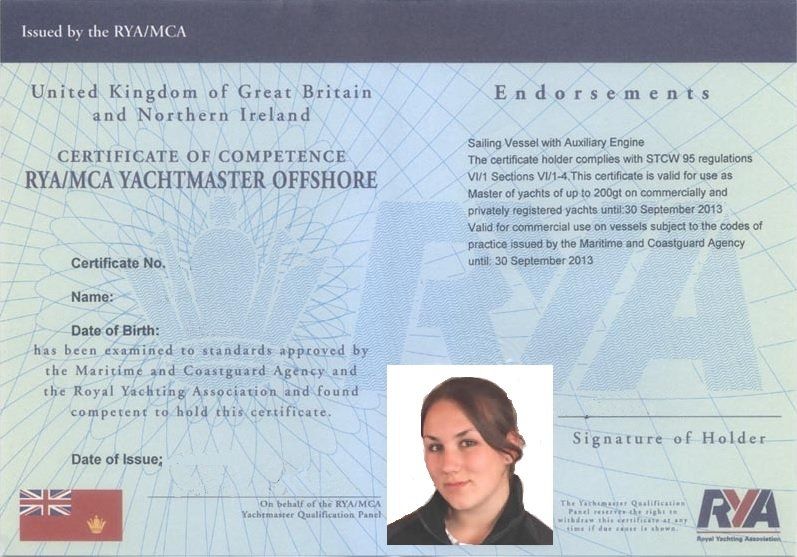
Practice on the boat you will do your exam on
Every boat handles differently so it’s essential you practice onboard the boat with which you plan to do your exam.
Some boats may have a lot of WALK when in reverse or quirks when starting the engine, different power management systems and a host of other unique “characteristics”. Whatever these oddities are it’s better that you know them going into your exam rather than working them out with your examiner breathing over your shoulder.
What is her draft, how much water does she hold, where are the seacocks, where are the fire extinguishers, what is her Air Draft? It is a good idea to go through the yacht with a fine tooth comb (as you would on any new boat) and make up a yacht specific information sheet. Generally it is a good idea to post this sheet somewhere in the Nav Station. This sheet should have all the relevant data about the yacht. If you get asked where the sea cock for the engine is, or can you parallel the house and engine start batteries in an emergency, it wont look good if you don’t know.
Go straight from practice to exam
If possible it’s advisable to do a minimum of two days to a week of Yachtmaster practice on the boat you are doing your exam on. Finish those training days by going straight to pick up your examiner. After a few days to a week of parking practice, maneuvers, man overboard, blind navigation, pretend engine failures and so on you will feel well into your rhythm when your examiner decides to throw one of these at you.
Know your crew and stick with them
During your exam your crew can really make or break your results. Get a slick crew that you know and trust and your experience is much more likely to go smoothly, in fact if you make a mistake they may just save the day for you. Nothing is worse than trying to do a maneuver with a crew you barely know only to find they don’t know your hand signals or how you like to get things done, there’s a communication breakdown and the crew starts shouting and looks a mess.
Know your crew, teach them how you like to sail, instruct them on YOUR procedures for each maneuver and you should set yourself up nicely to have a slick, quiet, professional looking crew.
Practice in the area you will take the exam
Whether you’re sailing in tidal waters or not, knowing the area is essential to making your Yachtmaster exam as stress free as possible. If you need to work out a passage plan, but have already done that route many times before, the process will be a lot easier. In addition you are more likely to be aware of local navigational hazards, local regulations (and so on) than if you were new to the area.
What will the weather and tides be doing over your exam period? With modern forecasting you should build up a picture of what the expected conditions will be like utilizing multiple sources and be able to talk about the forecast with your examiner.
savvy navvy has a built in sailing weather forecast, as well as detailed marine navigation maps that might come in handy at this point!New Paragraph
Prepare to make mistakes, they will happen
We’re sorry to say it but you are not superhuman, so don’t fool yourself into thinking you or your crew won’t make mistakes. In fact you should plan for them.
Before your exam, make a big list of every possible mistake that could go wrong. From losing a fender overboard to MOB’s and engines cutting out as you come in for a park, you need to physically and mentally prepare for every eventuality. You could even go one step further and ask your crew to invent imaginary problems and throw them at you to see how you cope!
As a competent skipper you should ALWAYS be thinking what if…. During your exam always think in the back of your mind - if THIS happens NOW I will do THIS. That way when your examiner throws a curveball at you, or you and your crew mess up for real, you can calmly react to it like a pro.
A Yachtmaster exam is NOT a sailing exam. An examiner is not going to expect grand prix levels of sail trim. Don't get us wrong you need to be able to sail in order to pass it (this is almost a given).
A Yachtmaster exam is an exam on your ability to manage a crew safely (being a skipper) and navigating safely.
Remember your examiner is not only assessing you for how you sail on a good day, to be a Yachtmaster they are assessing how you cope when things don’t go to plan. You need to show that you can keep calm and be professional and safe when problems occur and if you’ve practiced beforehand you will be more likely to come across as an authoritative and capable skipper who’s in control.
